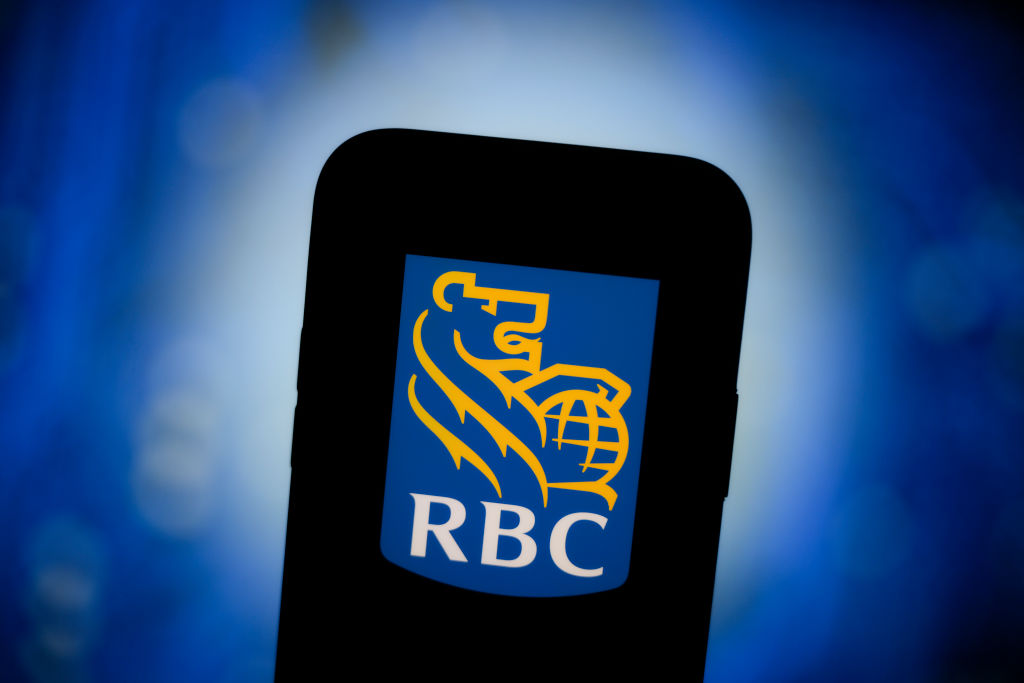RBC revealed this week it has made the mortgage renewal process “easier and faster” for clients through new tech improvements, while also focusing on maintaining strong relationships as it heads into the typically competitive spring market.
“Earlier this year, we made the mortgage renewal process easier and faster for clients through our streamlined option in the RBC mobile app, which has nearly 8 million active users,” explained President and CEO Dave McKay. “Clients who choose to renew through this option will be able to secure mortgage terms and virtually sign documents in a matter of minutes.”
In Canada, approximately 1.2 million mortgages are expected to renew in 2025, and RBC itself will see $353 billion worth of mortgages renew from 2025 to 2027. The majority of these are fixed-rate borrowers who secured low rates during the pandemic.
In its previous earnings release, RBC said borrowers renewing in 2025, with an average current rate of 3.60%, are expected to face the steepest payment shock, with 60% of uninsured clients seeing an average monthly increase of $513, or 22%.
Preparing for a competitive spring mortgage market
As RBC looks ahead to the spring mortgage season, the bank is preparing for the usual increase in competition.
“What you’re seeing in the dynamics in this last quarter is our ability to really do a good job of managing that price to the end-state while winning the volume that we want in the marketplace,” said Erica Nielsen, Group Head, Personal Banking.
“We’re heading into the spring [mortgage] market, [and] we always see the dynamics of the spring market play out differently than other times in the year,” she added. “And so, we’re ready and prepared for the intensity to continue.”
At the same time, RBC says it’s maintaining a disciplined approach to mortgage growth. “Mortgage growth remained modest [this quarter] as we maintained our pricing discipline with respect to originations, while remaining focused on retaining client relationships as mortgages renew over the coming quarters,” said McKay.
Rising delinquencies in RBC’s mortgage portfolio
Chief Risk Officer Graeme Hepworth added that the bank expects the Bank of Canada to continue “gradually” cutting rates into the middle of the year, which he noted will bring additional relief to variable-rate mortgage borrowers.
While more rate relief may be on the horizon, a growing number of the bank’s mortgage clients are struggling to keep up with their payments, a trend that’s been playing out at other big banks as well.
The bank saw the percentage of its $410-billion mortgage portfolio with payments behind by 90 days or more increase to 0.29%, up from 0.26% in the previous quarter and 0.19% a year ago.
“In our mortgage portfolio, impairments and provisions are increasing in line with our expectations,” Hepworth noted. “Clients are showing resilience as they face higher refinancing costs, supported by stable home prices and lower rates.”
RBC residential mortgage portfolio by remaining amortization period
RBC also reported an ongoing shift in its residential mortgage portfolio’s remaining amortization periods, reflecting the impact of ongoing Bank of Canada rate cuts.
Mortgages with amortizations of 35 years or more have fallen to 0% of the portfolio, down from 25% in Q2 2023. Meanwhile, the proportion of mortgages with amortizations under 25 years has grown to 68% of the portfolio.
| Q1 2024 | Q4 2024 | Q1 2025 | |
|---|---|---|---|
| Under 25 years | 58% | 62% | 68% |
| 25-29 years | 21% | 28% | 32% |
| 30-34 years | 1% | 10% | 0% |
| 35+ years | 20% | 0% | 0% |
RBC earnings highlights
Q1 net income (adjusted): $5.3 billion (+43% Y/Y)
Earnings per share: $3.62 (+27%)
| Q1 2024 | Q4 2024 | Q1 2025 | |
|---|---|---|---|
| Residential mortgage portfolio | $366B | $408B | $410B |
| HELOC portfolio | $35B | $37B | $37B |
| Percentage of mortgage portfolio uninsured | 78% | 79% | 79% |
| Avg. loan-to-value (LTV) of uninsured book | 71% | % | 50% |
| Portfolio mix: percentage with variable rates | 27% | 28% | 30% |
| Average remaining amortization | 24 yrs | 19 yrs | 19 yrs |
| 90+ days past due (mortgage portfolio) | 0.19% | 0.26% | 0.29% |
| Gross impaired loans (mortgage portfolio) | 0.16% | 0.24% | 0.27% |
| Canadian banking net interest margin (NIM) | 2.72% | 2.80% | 2.87% |
| Provisions for credit losses | $813M | $840M | $1.05B |
| CET1 Ratio | 14.9% | 13.2% | 13.2% |
Conference Call
President and CEO Dave McKay provided updates on the following topics:
On the economic outlook:
- “We expect the Bank of Canada continue to take a more dovish stance, which should help consumer sentiment and growth. The widening gap between US and Canadian interest rates has resulted in a weaker Canadian dollar, which could partly buffer any tariff shock for American users of Canadian goods and services.”
- “We are seeing signs of lower business confidence with some of our Commercial Banking clients opting to delay certain investment decisions. Furthermore, Canadian housing activity remains modest despite tailwinds from lower interest rates and changing mortgage rules.”
Updates on the closing of the HSBC Canada acquisition:
- “Since the close-and-convert acquisition almost a year ago, we have generated cumulative adjusted pre-provision, pre-tax earnings of over $950 million on a standalone basis, excluding the benefits of the cost synergies highlighting earnings generating power of this acquisition.”
On deposit growth:
- “This quarter, we saw outsized growth in our core banking accounts, which underpinned 18% deposit growth or 8% excluding the acquisition of HSBC.”
- “The acquisition of core deposits remains a focus as they provide us with data insights that allow us to better understand client needs, while also improving our risk management capabilities. Furthermore, they’re an important source of lower-cost funding to support our clients’ financing needs.”
On the potential impact of tariffs on loan losses:
- Graeme Hepworth: “We continue to expect both unsecured and secured products to accrete up throughout the year. And so, we would anticipate we’ll peak out towards the end of the year…How do tariffs play into all that? I wouldn’t expect the tariffs to have a huge impact on Stage 3 in 2025. I think the impact of that really will play its way through into 2026. I think 2025 will be more what we do with our Stage 1 and 2 in terms of tariffs.”
Source: RBC Q1 conference call
Note: Transcripts are provided as-is from the companies and/or third-party sources, and their accuracy cannot be 100% assured.
big bank earnings big banks Dave McKay Editor's pick Erica Nielsen Graeme Hepworth lender earnings mortgage market mortgage renewals rbc rbc amortizations RBC and HSBC RBC earnings RBC earnings call renewals tariffs
Last modified: March 3, 2025










